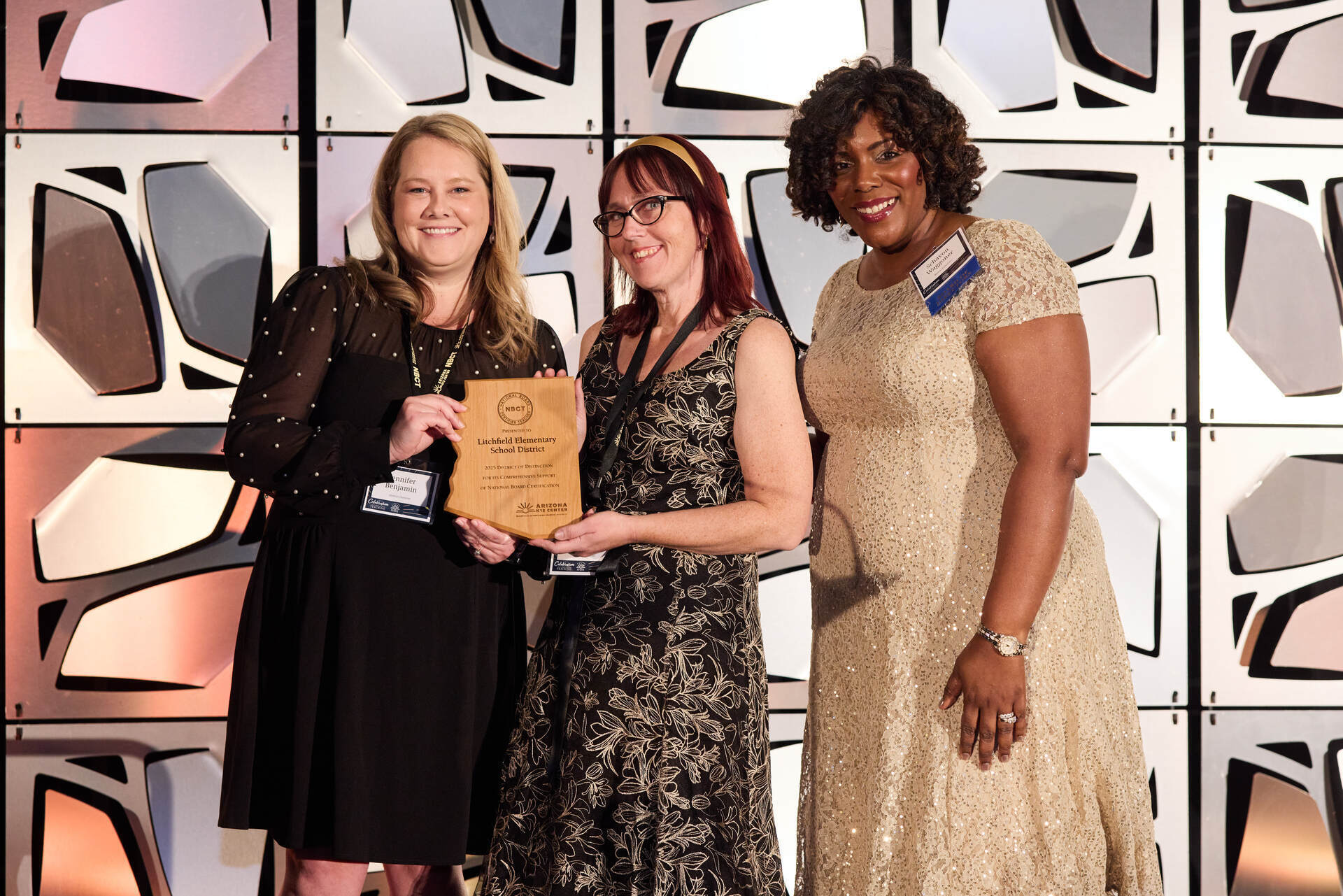February 28, 2017
5 Ways to Create a More Inclusive Classroom Today

Discover how and why to make a more diverse and equal learning experience.
"One event, session, or course should not be considered doing your duty. The work of diversity, inclusion, and equity does not end, as we all make inroads into bettering education for all students."
As Arizona teachers, it’s our job to provide safe, inclusive environments for all students—regardless of backgrounds, learning abilities, and styles.
In the 2015–16 school year, more than 1.1 million students were enrolled in Arizona schools. Here’s the breakdown of our students’ ethnicities:
- Hispanic – 44.8 percent
- White – 39.4 percent
- Black – 5.3 percent
- Native American – 4.7 percent
- Asian – 2.8 percent
- Multi-racial (non-Hispanic) – 2.7 percent
Children with disabilities composed 11.4 percent of Arizona’s student population in the 2010–11 school year — totaling more than 111,000 kids.
But you know all this; after all, you see it every day. So how can you create a more inclusive classroom? Cornell University offers these actionable tips.
- Incorporate diversity into your curriculum
- Create accessible classes with universal design principles, such as presenting information both orally and visually
- Obtain anonymous feedback from students about how safe they feel
- Be prepared for controversial material and how to handle the moments
- Vary assessments to account for differences in learning styles and knowledge
Are you ready to make diversity awareness a lifelong commitment? Learn how with advice from Dr. Clifford Moon here.










